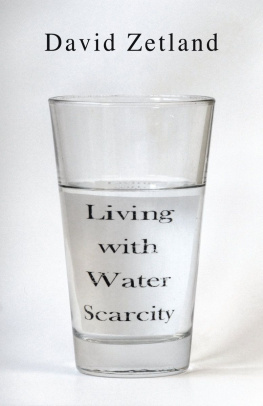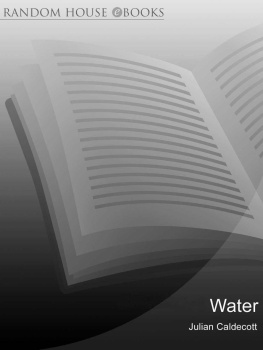When the World Runs Dry
Earths Water in Crisis
Nancy F. Castaldo

Algonquin Young Readers
2022
In memory of Jassmine McBride
And in memory of my mom, Annette, the first water protector in my life

Only when... the last stream has been poisoned will you realize you cannot eat money.
Cree proverb
The twentieth century was about oil but the twenty-first century will be about water.
consumer advocate Erin Brockovich
Spring water is justice, colourless and clear.
Swedish poet Karin Boye,
translated by Jenny Nunn
Table of Contents
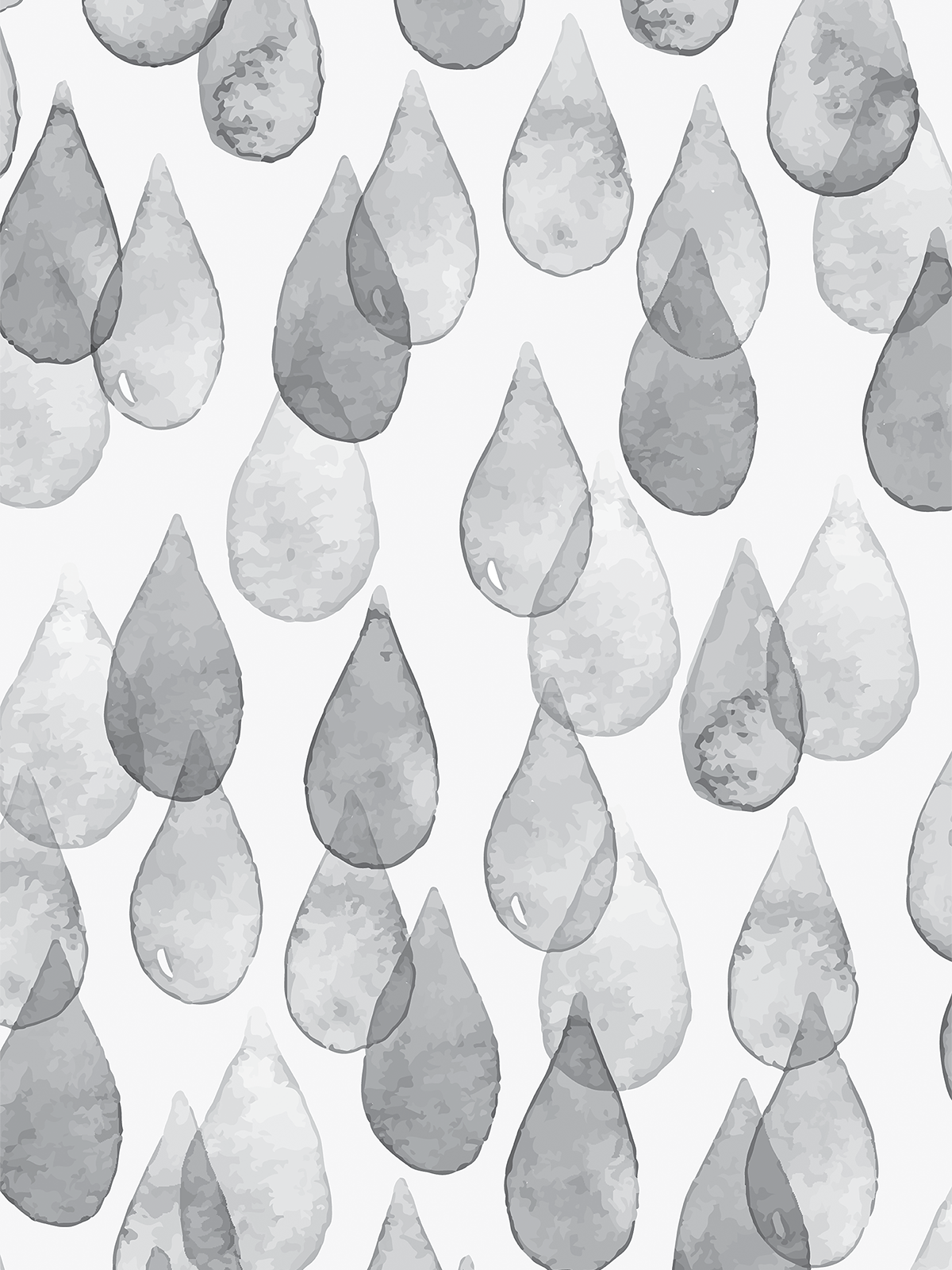

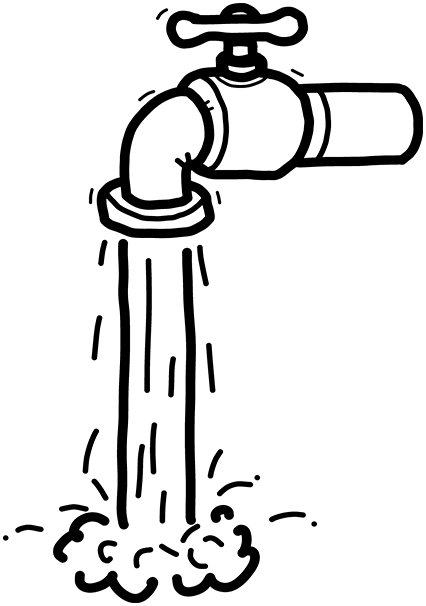
Introduction : You Just Turn on the Faucet, Right?
When you get up in the morning and turn on the faucet of your bathroom sink, you can probably trust that water is going to flow out through the tap. The same goes for the showerhead, the kitchen sink, the toilet, the garden hose, the dishwasher. You may not know where the water comes from, exactly, or how its been treated, but you expect clean, safe water to flow, like magic, whenever you need it.
But imagine waking up one day and finding there isnt any water flowing through the tapor the water coming out of the faucet is toxic. No water to brush your teeth, shower, or flush your toilet. More importantly, no water to drink. And its not just your house thats affected. Theres no water flowing out of your neighbors faucets, either. In fact, your whole town has lost its access to water. What would you do?
Youd probably manage pretty well during the first houror even the first day or twowith the liquids you stockpiled in your home. But as the days go on, the difficulty increases. Store shelves empty in town after town as everyone competes for bottled water. If the scarcity continues, you may have to survive on government deliveries of rationed water that might not be enough to meet all your needs.
How many days could go by before you would panic? What if there was no water to drink or use for bathing for weeks, months, or even years?
This isnt a far-fetched scenario. In fact, its happening in places all around the worldfrom Flint, Michigan, to Cape Town, South Africa.
And this loss of water isnt just inconvenient. Its life-threatening. There are many things we could live without, but water isnt one of them.
Water Is Life
Wenona T. Singel is a citizen of and the chief appellate justice for the Little Traverse Bay Bands of Odawa Indians. In the fall of 2018, she lent her voice in Flint, Michiganthe site of a severe ongoing water crisisto the discussion about the need and right of all living creatures to have access to clean water. In the Anishinaabe culture, water is sacredwater is life, Singel said. Water has its own spirit.
Members of her tribe and other Indigenous cultures believe that water is a living being with a spirit that deserves respect. Modeling the beaded Thunder Woman on the medallion she wore around her neck, Singel spoke with clarity and conviction about our relationship with water, saying that it is with each of us inside the womb of our mother and is released when each of us is born.
This view of water as a life-giving force is reflected in the Waters section of Ohenten Kariwatekwen, often called the Haudenosaunee Thanksgiving Address. The title means words spoken before all others, and the address is recited at the opening of important gatherings. This translation is of the Mohawk version that was published in 1993 by the Six Nations Iroquois Cultural Center in Onchiota, New York: We give thanks to all the waters of the world for quenching our thirst and providing us with strength. Water is life. We know its power in many formswaterfalls and rain, mists and streams, rivers and oceans. With one mind, we send greetings and thanks to the spirit of Water. Now our minds are one.

Wenona Singel shares how the water crisis affects everyone, especially Tribal nations.
As the address says, water is life. We all need it to live, and not just for showering, brushing teeth, or flushing the toilet. About 60 percent of the human body is made up of water, and every human cell needs water to function. Water is crucial for circulation and digestion, and for transporting nutrients to every part of the body. In normal circumstances, a person can live roughly one week without water. In extreme conditions, like desert heat, that timeline is shorter.
And humans arent alone in terms of relying on this precious resource. Water is essential to all life on planet Earth, from the largest elephant that drinks about 50 gallons (189 liters) each day to the small desert spadefoot toad, which wraps itself in a mucous membrane to conserve water while estivating underground until it emerges ten months later after a rainstorm.
We also need water to create the energy that powers our lives and all the products we use and eat. Every power plant uses water. Every farm uses water. Every industry uses water. It takes 1,400 gallons (5,300 liters) of water to produce a single meal of a burger, fries, and a soft drink. How? Water is used to grow the food and supply the drink for the cows. Water is used to grow the potatoes for the fries and power the machinery at the plant that turns those potatoes into fries. Water is used directly not only in the soft drink but also in the industrial process of producing the can or bottle that contains it. And its not just food that sucks up waterit takes over 2,000 gallons (7,570 liters) to produce one pair of jeans, and it requires three times more water to make a plastic bottle than the water it contains.
Then theres all the water we use in our daily lives. The average person in a developed country uses about 60 to 80 gallons (227302 liters) of water each day for washing, drinking, cooking, and flushing the toilet. It takes about 25 gallons (95 liters) of water for a ten-minute shower, and a single toilet flush can use up to 7 gallons (26 liters).
These water requirements might all be fine if there were a never-ending supply of water. But there isnt, and people all over the world are feeling the strain and finding themselves without enough fresh water for them to live comfortably.
The Water Crisis
The world is home to nearly eight billion people. According to UNICEF, approximately six thousand children die each day from unsafe drinking water and poor sanitation. In addition, UNICEF reports that worldwide, children under five years of age are roughly twenty times as likely to perish from water-related illnesses as from armed conflicts.
In the United States alone, more than two million people live without running water and indoor plumbing, including many families on the Navajo Nation reservation in the Southwest. There are people in California and New Hampshire who have turned on their faucet to find their taps dry, while families along the Texas-Mexico border worry they wont have enough water to fight fires.


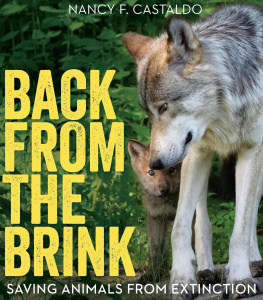


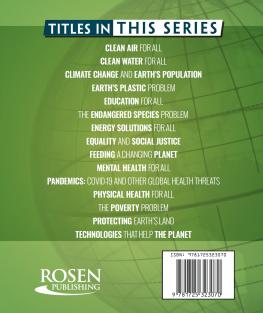
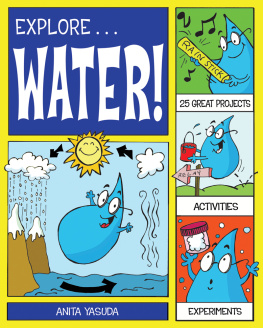
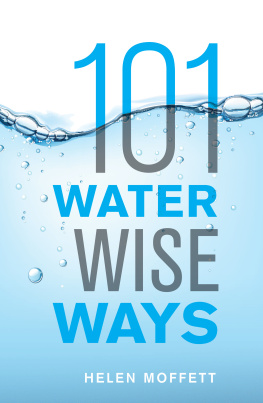
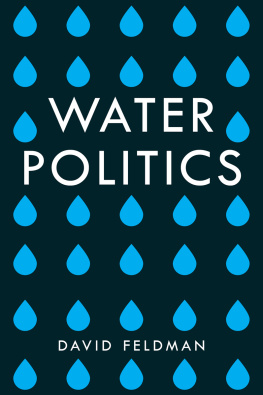
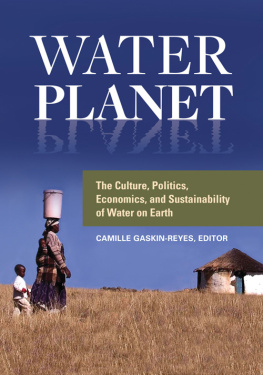
![David E Newton] - The global water crisis : a reference handbook](/uploads/posts/book/104432/thumbs/david-e-newton-the-global-water-crisis-a.jpg)
